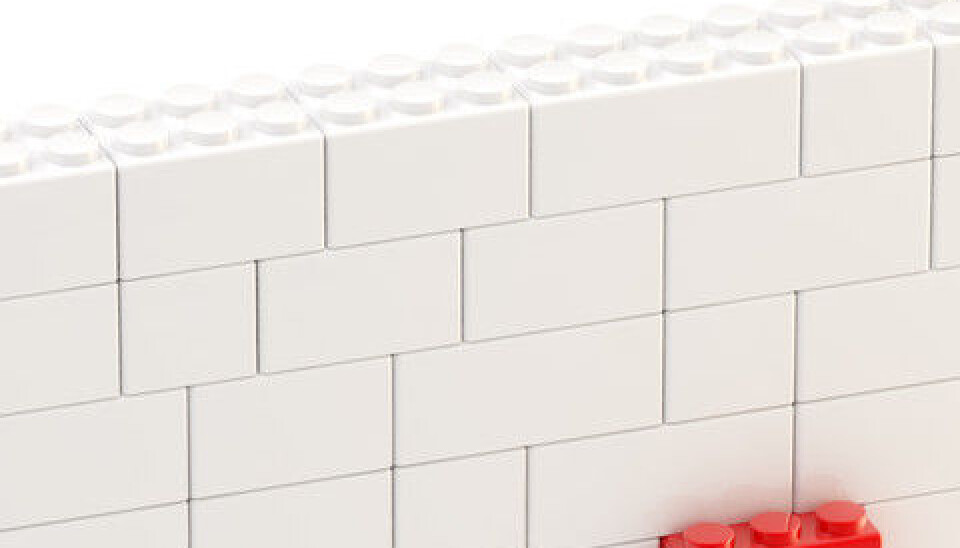
Looking back to the future to improve business
In times of crisis, companies look to the past to find their way forward. And the more serious the crisis, the further back management will look.
Denne artikkelen er over ti år gammel og kan inneholde utdatert informasjon.
Focusing on the Lego company, Professor Majken Schultz at Copenhagen Business School (CBS) and Professor Tor Hernes at CBS and Vestfold University College have examined how organisational history and identity is being used to meet business challenges.
The 'memory forms' of history
Their research, presented in the journal Organization Science, looks at how Lego's history has been implemented in the business' forward strategy. The historical sources, or 'memory forms', are divided into written documents, objects and materials, and oral tradition.
“Firstly, we find that going further back into the past enables you to project further into the future,” say the researchers.
“Secondly, a wider coverage of history means a wider perspective on the future. Thirdly, the amount of work with future branding is closely related to the way different parts of corporate history are combined.”
Two crises, two approaches
Schultz and Hernes focused on two recent 'identity crises' in which the Lego identity underwent a process of reconstruction. The researchers interviewed employees, management and shareholders, showing how the company at these junctures used corporate history in different ways – with different results.
During the first identity crisis, in 2001, the company was still family-owned, and the process aimed to strengthen the traditional 'Lego values'. The historical outlook went back to an internal review in 1997-98, focusing on written reports and oral evidence.
Limited overview and short-term measures
“We see the limited historical overview as a reason why they ended up with a number of short-term measures,” says Schultz.
“By only using written and oral sources the process did not include the breadth and depth seen in the next crisis. Instead, the focus was on selecting and redefining some core values.”
The process was also predominantly linear. The working goup examined the artefacts, followed by oral memory to analyse what went wrong, and then looking at written material to conceptualise future progress.
Re-thinking the company
In contrast, the perspective during the 2005-2007 crisis was much wider - a thorough re-thinking of the company's merit. For the first time, the company was managed by a chief executive officer who did not come from the founding family.
“In this instance, material was gathered from the whole of the company's 75 year old history,” says Hernes.
“They discovered that the idea of Lego was not about an object, but about a philosophy, with mottos such as 'Play in system'.”
Broader perspective
As part of the process, the house previously owned by founder Ole Kirk Christiansen was bought and turned into a museum.
“Stories about the founder and his ideas were told anew. The whole history of the company was used to redefine the role of Lego,” explains Hernes.
The analysis shows that this approach encompassed a much broader perspective on the Lego identity. There were more angles to choose from - either to include or discard in the strategic process.
Founder letter changed brewery policy
Another example of a company using corporate history is the Carlsberg brewery, where annual reports and books provide an extensive record of the brewery's history.
“A recently discovered letter from the founder, written in the late 17th century, sparked a review and redefinition of the company's societal commitment for the future,” says Schultz.
































